Kawasaki’s 2018 Z900RS and Z900RS Cafe have been officially unveiled in Australia, with a Kawasaki Team Green Australia event taking place as Deus ex Machine in Sydney, with both bikes unveiled, as well as two custom creations by Deus based on the two models.
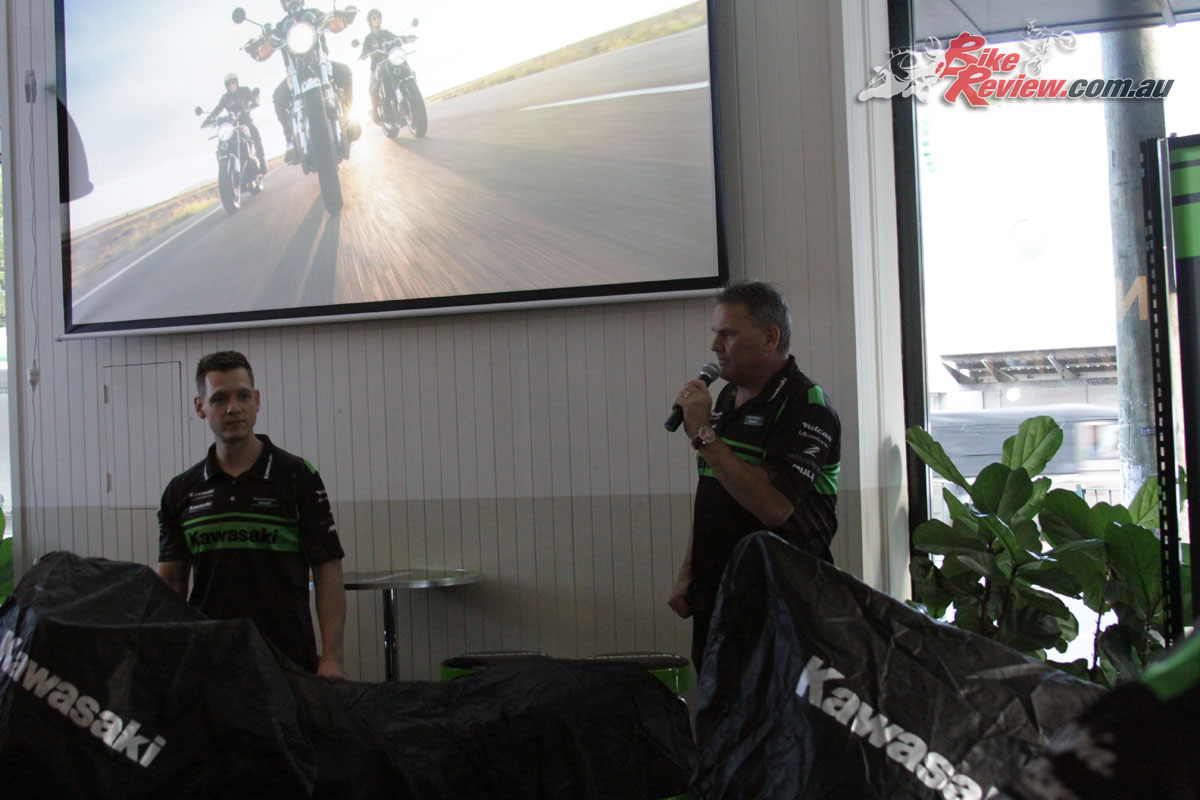
Rob Walker (Kawasaki Marketing Manager) and Milo Dokmanovic (Kawasaki Marketing Coordinator) introduced the Z900RS and Z900RS Cafe
The Z900RS signals Kawasaki’s commitment to the rapidly growing retro motorcycle segment, and is based off the highly regarded Z900 launched in 2017, with the RS vastly redesigned to offer a significantly different riding experience, while still capitalising on the Z900s great powerplant.
The standard Z900RS was revealed in the Candytone Brown/Candytone Orange which is reminiscent of the Z1 Jaffa, while the Cafe version was shown in the iconic Vintage Lime Green, with white racing stripe running through the front mini-cowl, down the tank and onto the tail.
Here’s what Kawasaki had to say about the new Z900RS:
The newest Z is a synthesis of the traditional and the modern. An engine with a traditional In-Line Four configuration is backed by Kawasaki’s latest rider support technology, the engine and frame design both benefit from the latest in advanced analysis technology, and carefully crafted styling elements are complemented by high-tech features like LED lighting and digital instrumentation.
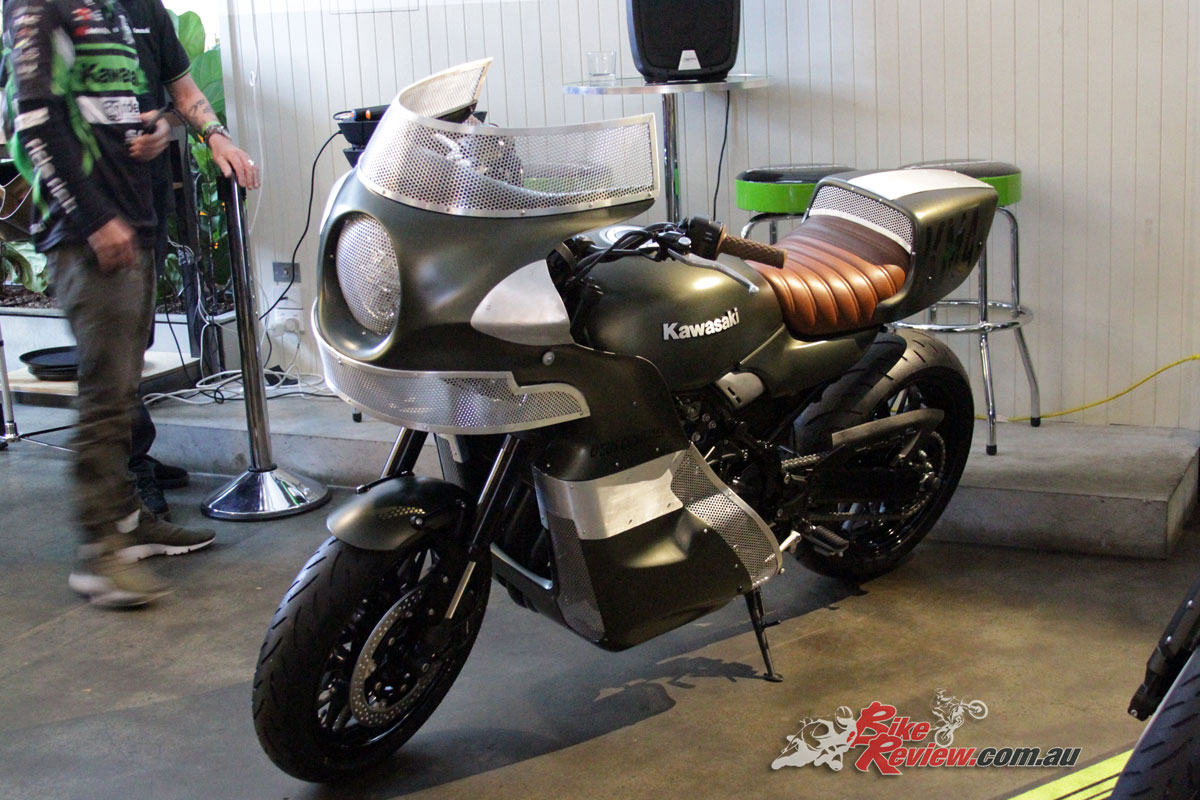
Kawasaki Australia also had Deus ex Machina create custom bikes for the launch and the up-coming Sydney Motorcycle Show, based on the Z900RS
Great pains were taken to achieve the Z900RS’ look and feel, with each component meticulously selected and every setting carefully considered. A synchronous ride feel combines the smooth response of an In-Line Four tuned for low-mid range torque, a deep rumbling exhaust note crafted to deliver additional rider enjoyment, and neutral handling that enables both leisurely and sporty riding.
This is complemented by timeless looks that blend Z1-inspired styling with modern technology and craftsmanship techniques, and an attention to detail and high level of fit-and-finish to rival that of the Z1 itself. For riders searching for a bike with character and a rich history, the Z900RS – also available in a variation with a cafe racer image – offers both in abundance, while providing an opportunity to slow down, look around and enjoy the simple things that life can bring.
Z900RS Engine
Like the Z1, the Z900RS features a 900cc-class in-line four-cylinder, with tuning focused on the low-mid range, with revs that build in a measured, but determined manner, in contrast to the Z900s fast revving nature. This is also the first time that Kawasaki has conducted sound research to craft a model’s ideal exhaust note (as opposed to the intake howl as on the Z800 and Z1000).
The liquid-cooled, DOHC, 16-valve 948cc in-line four unit is based on that of the Z900, but the Z900RS was tuned for low-mid range, delivering strong torque for riders of all skill levels. Below 7000rpm, the engine pulls more strongly than the Z900 and 36mm throttle bodies are complemented by ECU-controlled subthrottles, ensuring silky smooth response. Downdraft throttle bodies allow intake air to travel to the engine in the shortest possible distance, contributing to performance.
Compared to the Z900, the Z900RS (and Cafe) feature cam profiles with shorter intake and exhaust duration, as well as redesigned intake cam ramps for noise considerations. Compression is lowered to 10.8:1, with pistons formed with the same casting process used for the H2. The crankshaft also features a heavier flywheel mass by 12 per cent, with a secondary balancer ensuring characterful vibrations but nothing intrusive.
Gearing is shorter compared to the Z900, with Kawasaki boasting the Z900RS would be very difficult to stall, with a longer sixth gear offering an overdrive of sorts for the highway with better fuel effeciency. Also noteworthy is the inclusion of an assist and slipper clutch, lightening lever action and offering smooth deceleration and engine braking when aggressively downshifting.
The exhaust system is a four-into-one of stainless construction, with the headers featuring double walls and a slimmer diameter. A megaphone style silencer is compact and unlike many modern exhausts isn’t an eyesore.
Z900RS Kawasaki Traction Control (KTRC)
The Z900RS features KTRC, with two levels (Mode 1 & Mode 2) and the ability to be turned off.
In Mode 1, highly sophisticated programming allows a degree of slip – a certain amount of slip is required to maximise acceleration. The ideal slip ratio varies according to conditions. The system looks at a number of parameters to get an accurate real-time picture of what is going on: front and rear wheel speed (slippage) and various engine, machine and rider input parameters are monitored.
In Mode 2 (the more intrusive of the two modes) the same logic and control as in Mode 1 is employed during normal operation. However, when excessive rear wheel spin is detected, Mode 2 switches to threeway control – governing ignition timing, fuel delivery and airflow (via the sub-throttles) – and engine output is reduced to a level that allows the rear wheel to regain grip. It is the control of the sub-throttles that enables smooth operation. This fine control results in a very natural feeling: engagement is smooth, on/off transition is smooth, and stability is maintained during extended operation.
Z900RS Frame
Complementing a light overall weight (214/215kg), frame rigidity and chassis geometry tuning were selected to deliver light, natural handling. In keeping with its retro sport model character, the Z900RS’ stance is less forward-leaning than the Z900.
With the teardrop tank a matter of consideration with the Z900RS’s overall design, the frame was redesigned to take this into account, with the two upper rails moved closer together, and the high tensile steel frame following what Kawasaki describes as the ‘ideal pipe line’, minimising bends and the angles used when necessary. The engine is a stressed member, via five rigid mount points, while the overall design aims to minimise unnecessary material and weight.
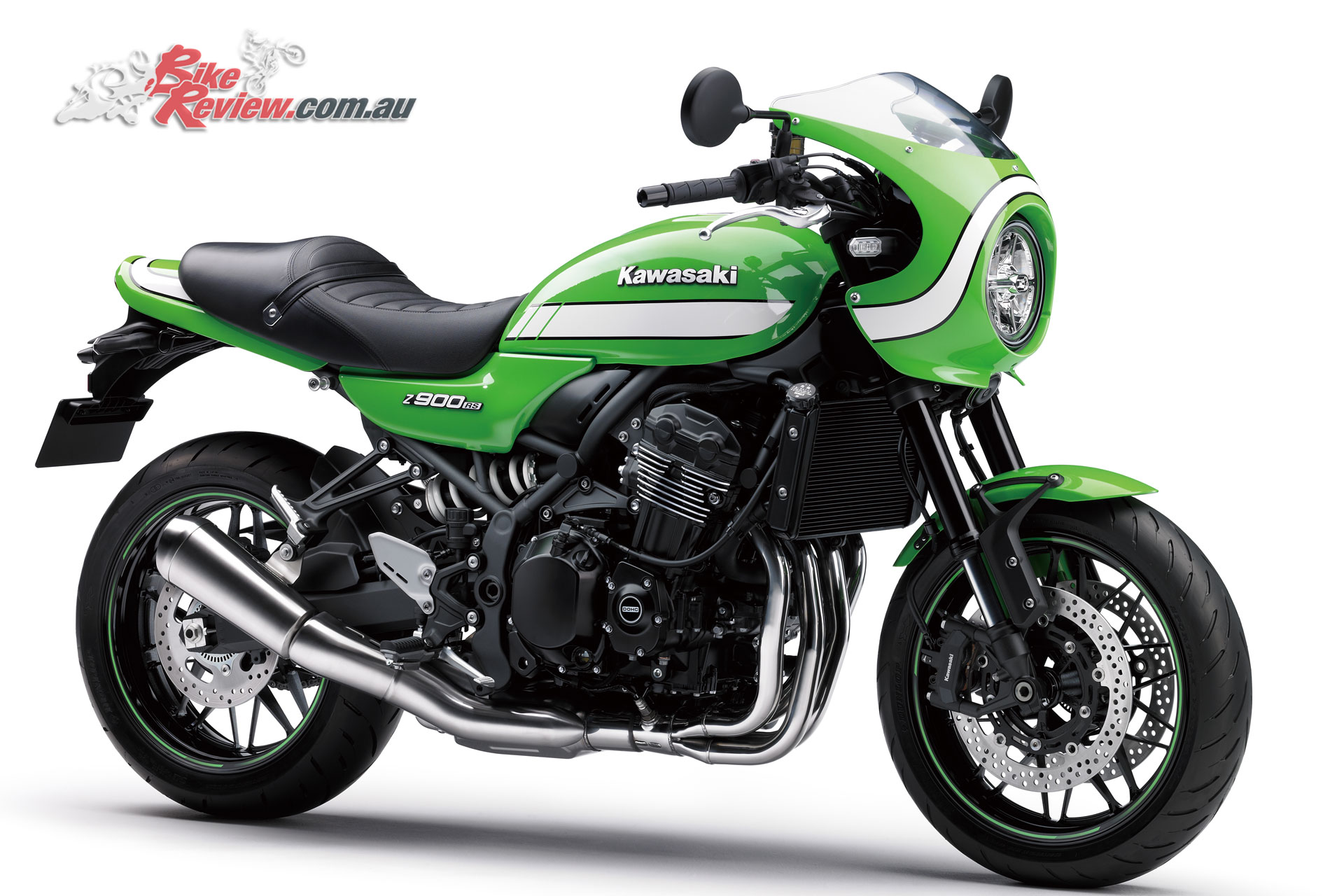
The Z900RS Cafe features the same core ergonomics as the standard RS, but includes dropped ‘racer style ‘bars
A new upper triple clamp also reduces trail, with the Z900RS boasting a 1470mm wheelbase (1450mm on the Z900), with 98mm trail and 25° rake (103mm/24.5° on Z900).
The swingarm is a styling extruded aluminium offering, weighing just 3.9kg, with a twin-tube rear frame following the same design queues as the main frame.
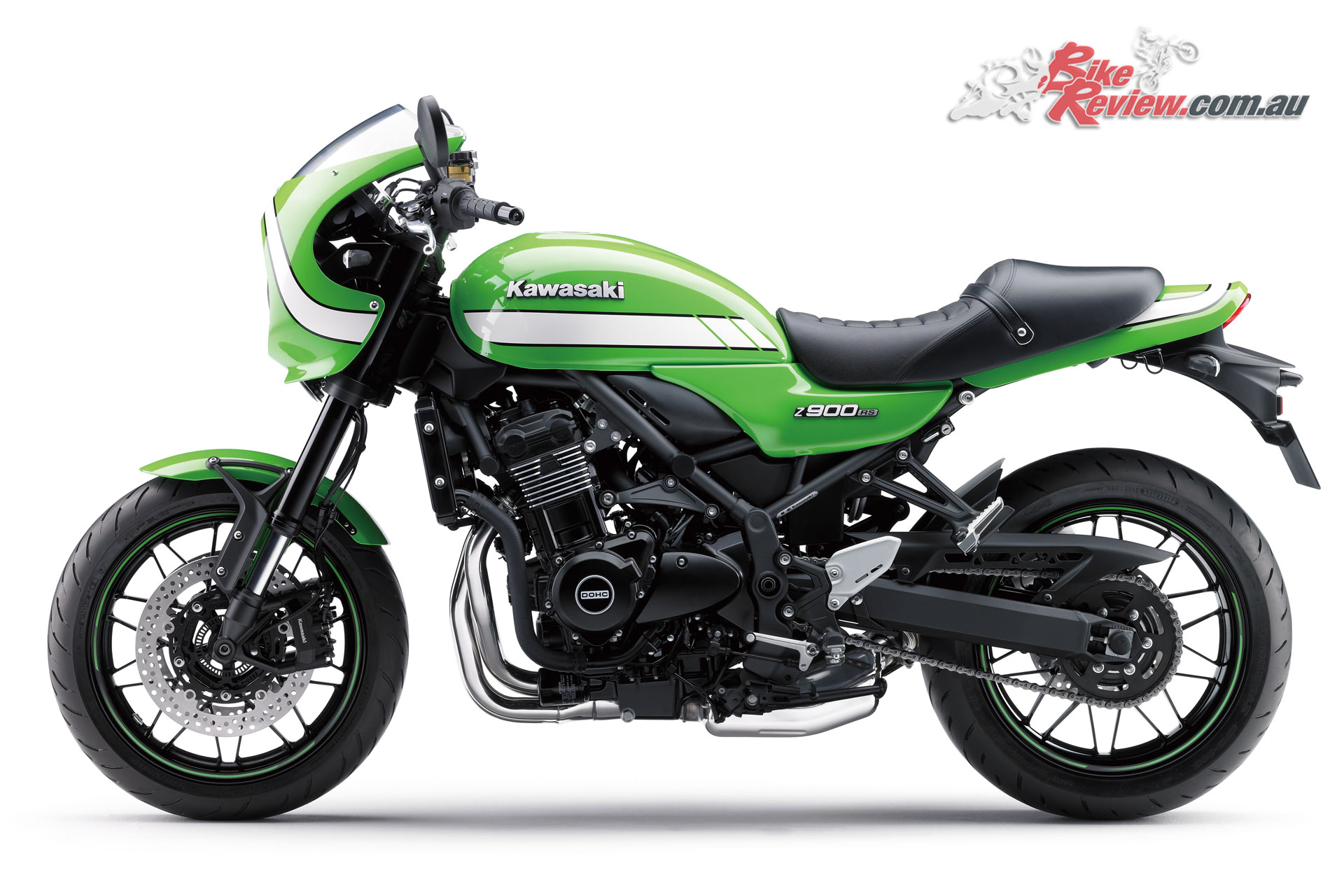
The Z900RS Cafe features the same core ergonomics as the standard RS, but includes dropped ‘racer style ‘bars
Z900RS Suspension
Large-diameter 41mm inverted fork contributes to comfort and sporty riding potential, and feature compression (10-way) and rebound (12-way) damping adjustability, as well as stepless preload
adjustability, and front end suspension travel is 120mm.
Unlike the twin rear shocks of the Z1, the Z900RS features Kawasaki’s Horizontal BackLink rear suspension. This choice of modern suspension (also featured on Kawasaki’s supersport and Supernaked models) offers a higher level of sporty riding potential – something that Kawasaki engineers were not willing to sacrifice.
The rear suspension also positions the shock unit and linkage above the swingarm, this contributes to mass centralisation, while ensuring that the suspension is located far enough from the exhaust that operation is not affected by heat. The rear shock features stepless rebound damping and preload adjustability. Rear suspension travel is 140mm.
Z900RS Brakes
On the front end 300mm dual rotors are matched to four-piston radial mount calipers, and backed by Nissin ABS as standard. The front calipers include laser etched Kawasaki logos, and a radial master-cylinder is used. The rear brake is a 250mm rotor with single-piston pin-slide caliper, and sintered brake pads are used front and rear.
Z900RS Styling
Much of the Z900RS’s styling was build around the teardrop fuel tank, which required frame modifications as mentioned previously. This design included balancing the tank position with the seat length and tail cowl.
The engine was kept displayed and features an uncluttered look, with die-caste covers finished in black and featuring machined fins for the air-cooled look, with the two models featuring subtle differences in the engine cases.
A 170mm LED headlamp includes six chambers, four for lowbeam and two for highbeam, with a convex lens and chromed headlamp ring, while the rear end features an LED taillight.
Analogue style speed and tachometers are joined by a central LCD screen, which features a black background with white text for strong visibility in any condition. The bullet shaped dial cases further carry the retro styling.
Cast wheels also stand out, with Kawasaki claiming the design was inspired by wire-spoke wheels, despite being modern spoked offerings, with flat spokes, and including machining on the Z900RS version, while the Cafe is all black wheels.
2018 Kawasaki Z900RS Cafe
The special ‘Cafe’ racer style model is also available, and includes a number of unique features, including the cafe racer front cowl, black drop handlebars, a different seat, and of course original colours and graphics. While these are the most noticeable of the differences, there’s a huge number of subtle differences, like between the engine cases of the two models, which further set them apart.
Other standard features also include adjustable brake and clutch levers, rubber mounted handlebars and rubber pads on the footpegs. Retro round mirrors are also featured, with the Cafe including shorter stays but the same mirrors. The front fender is also held in place by aluminium fender supports.


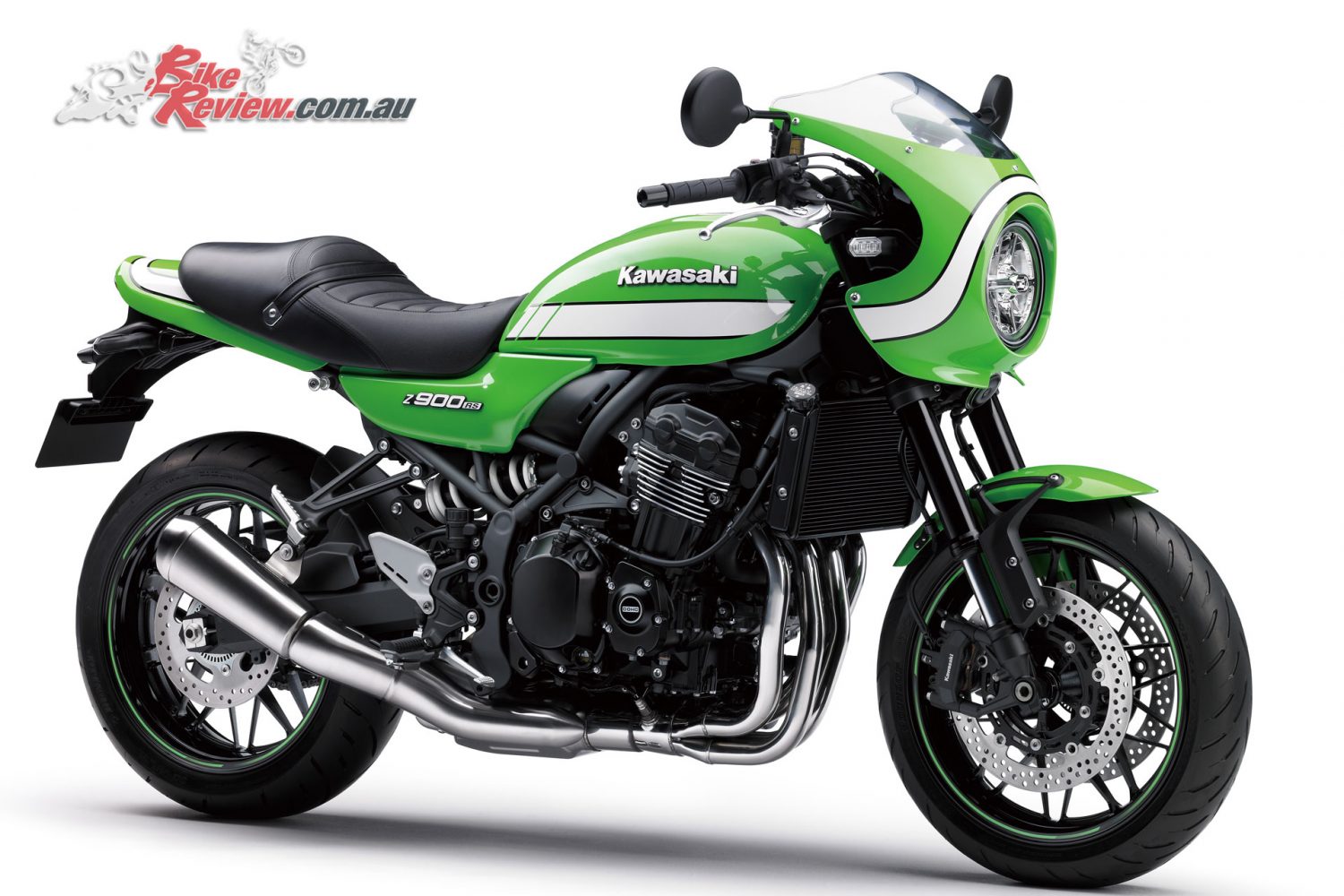
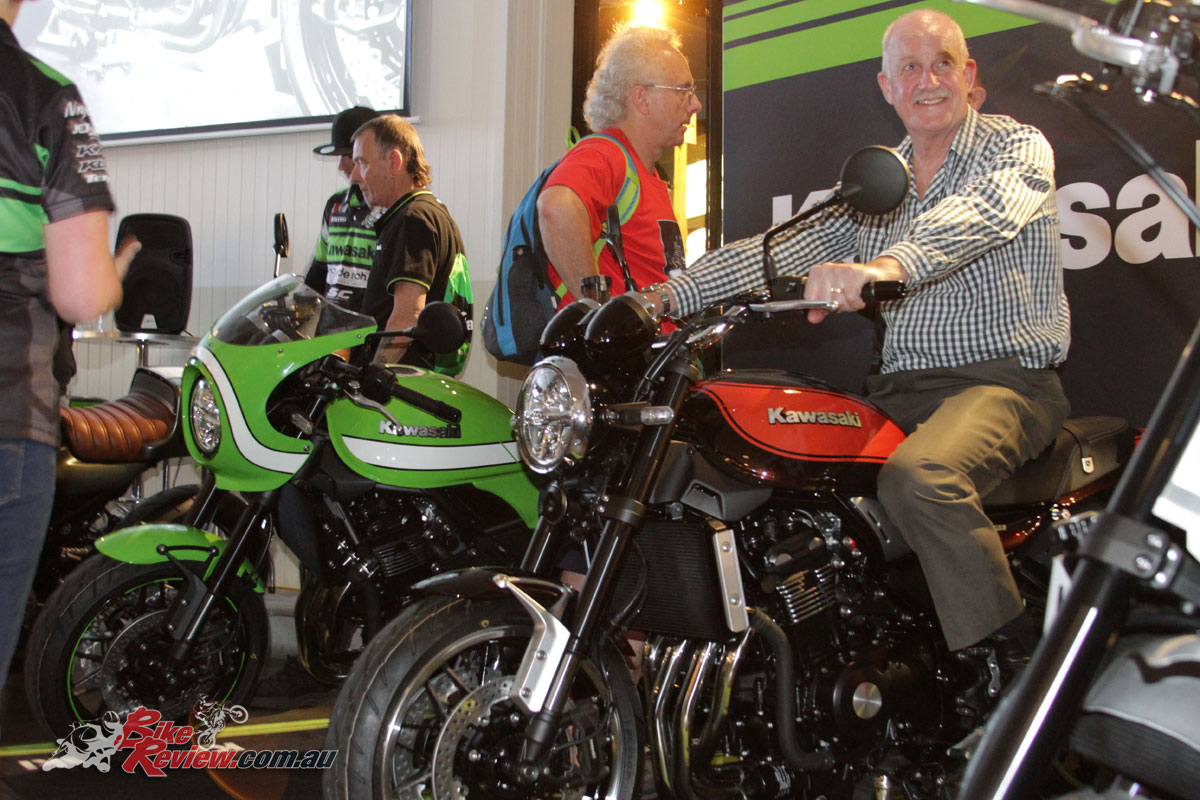
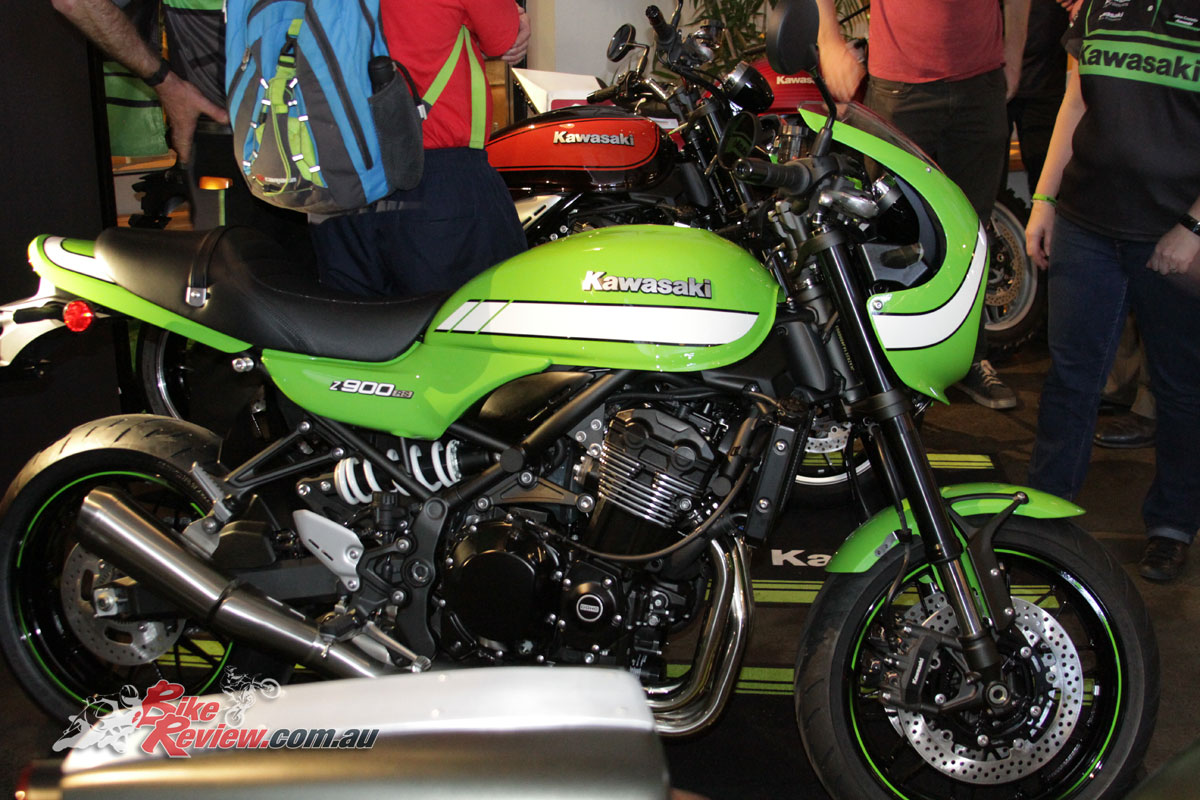
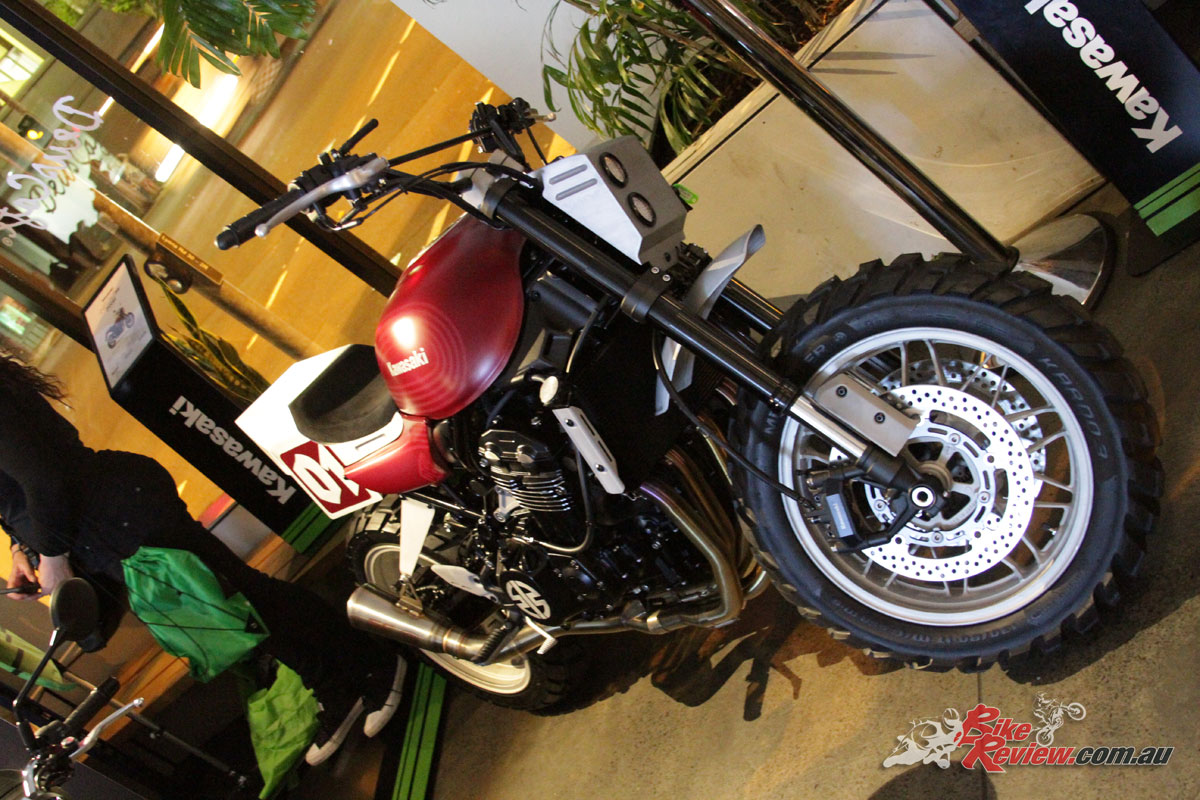
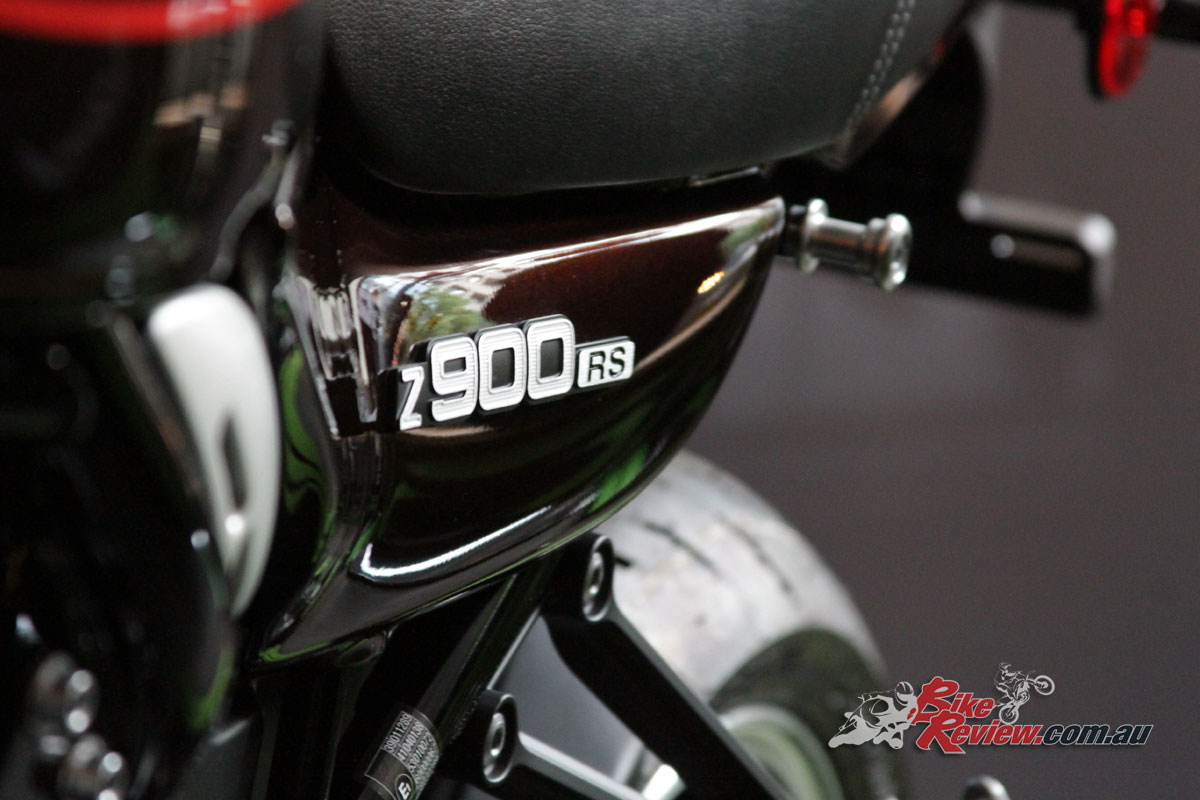
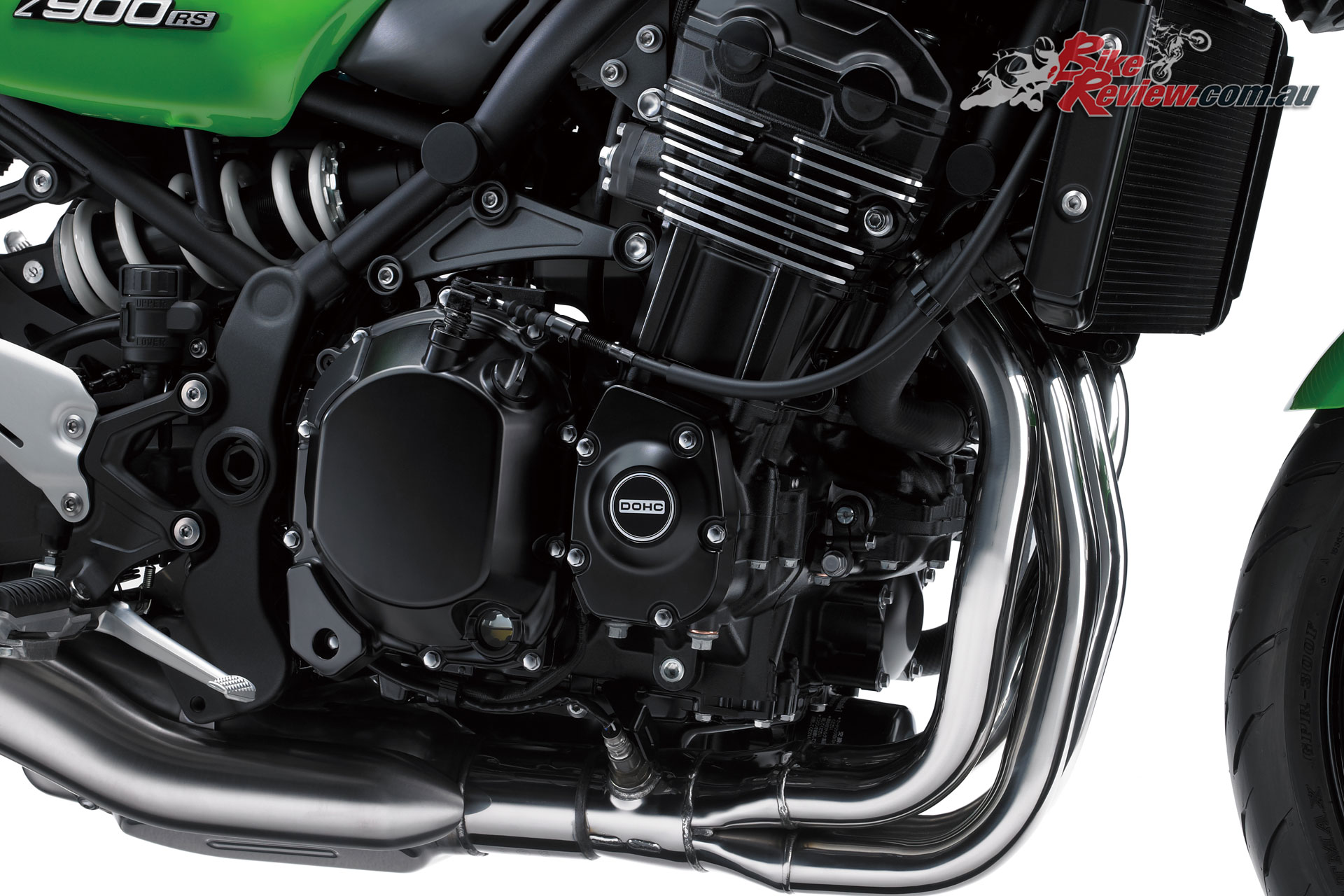
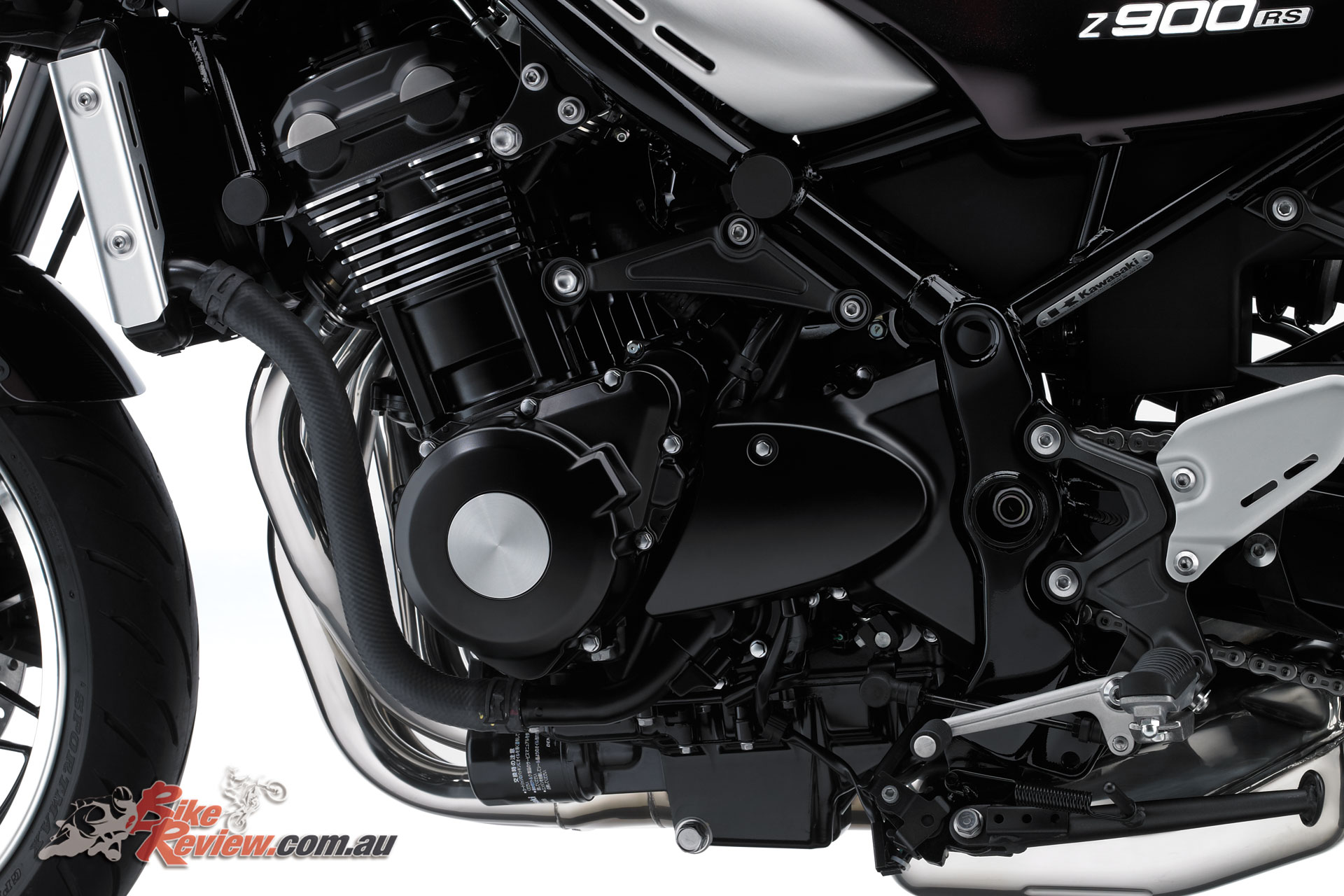
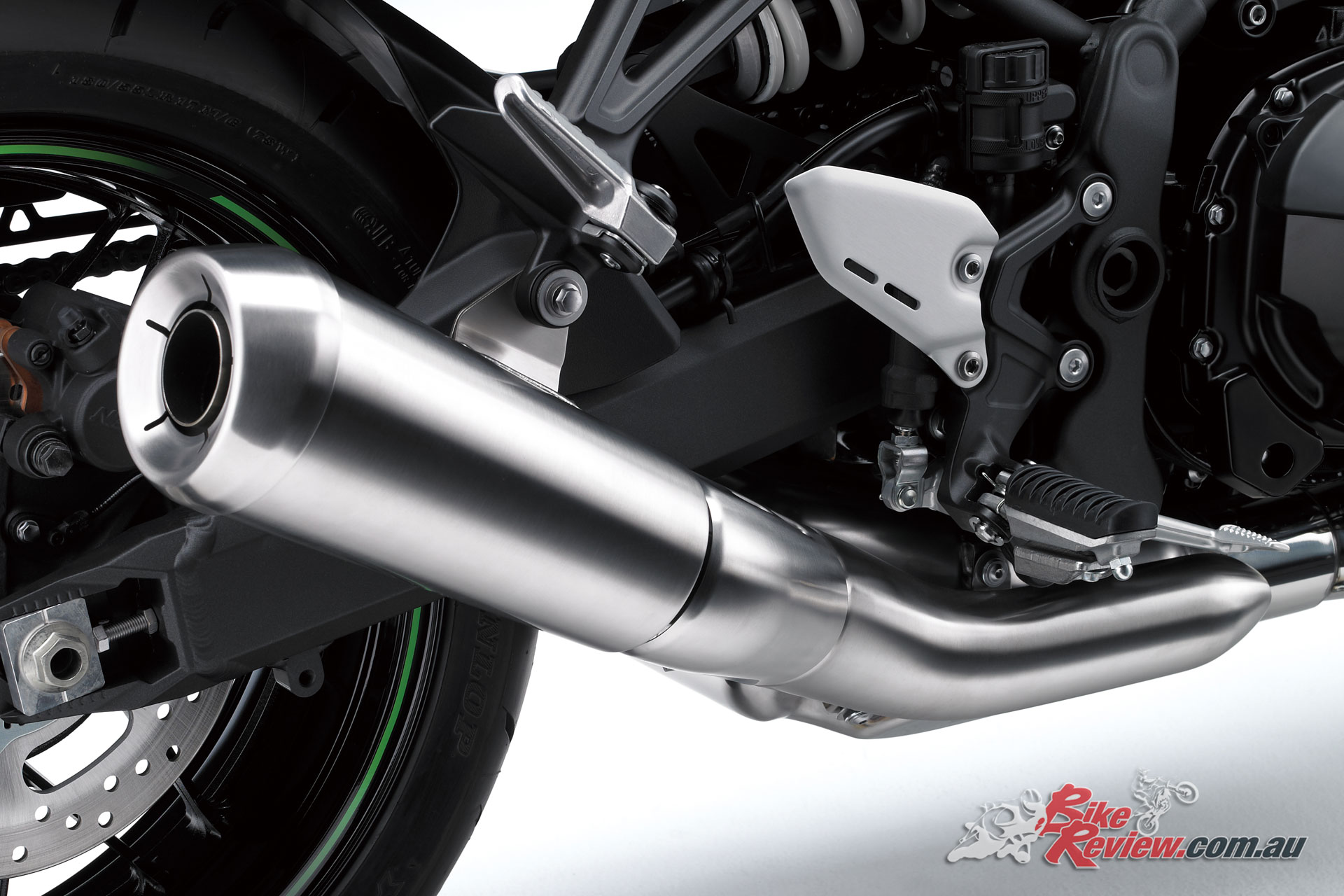
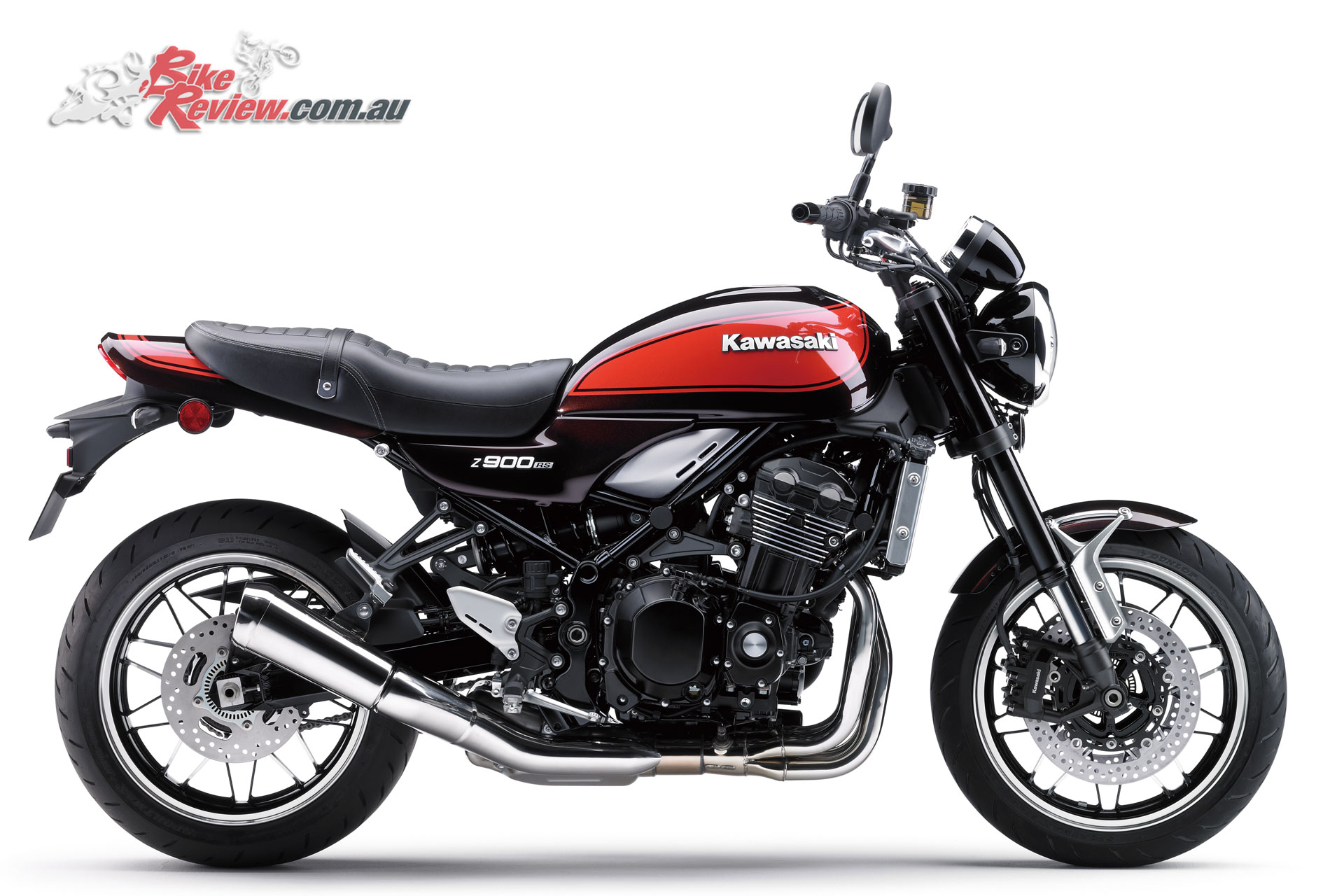
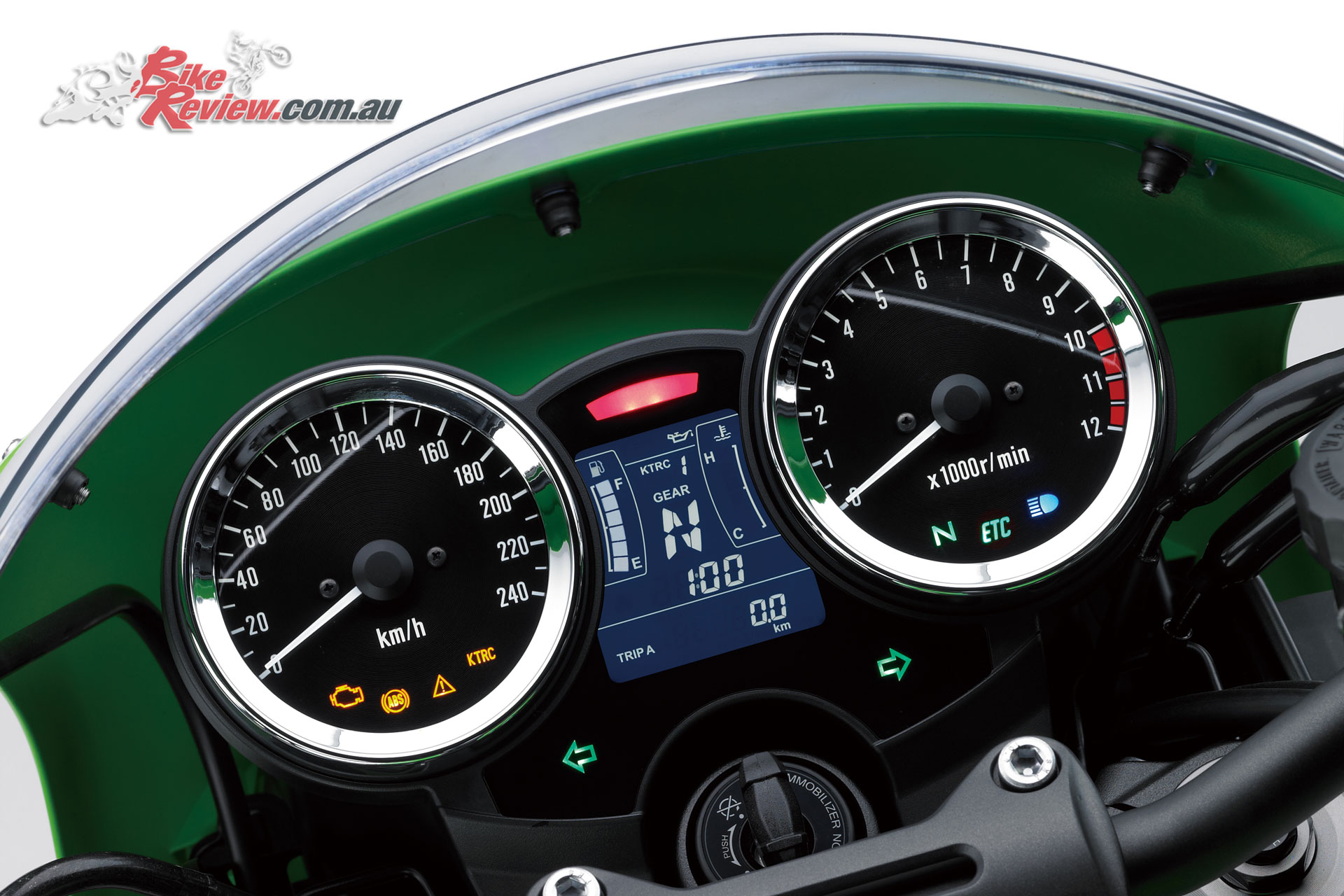

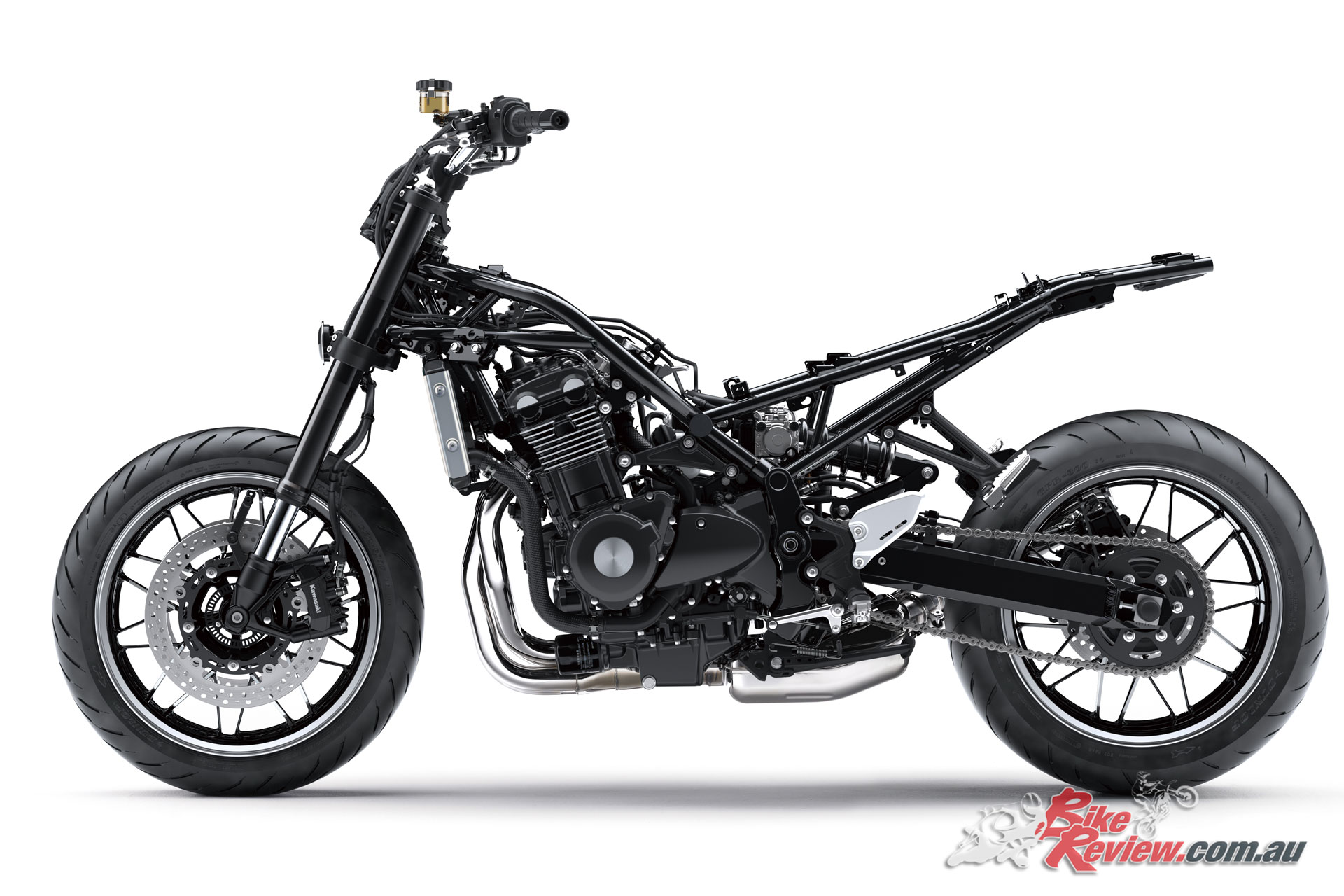
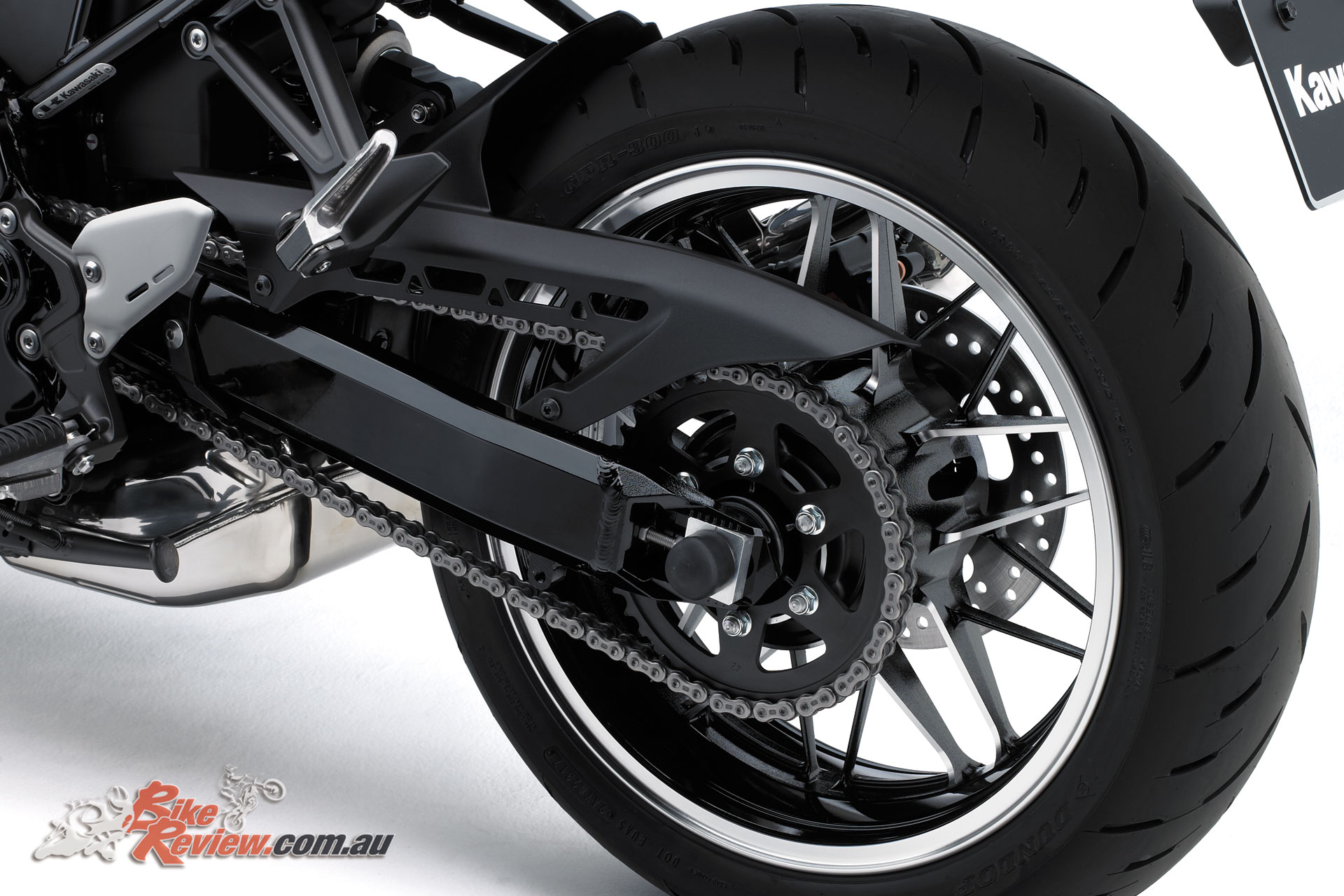
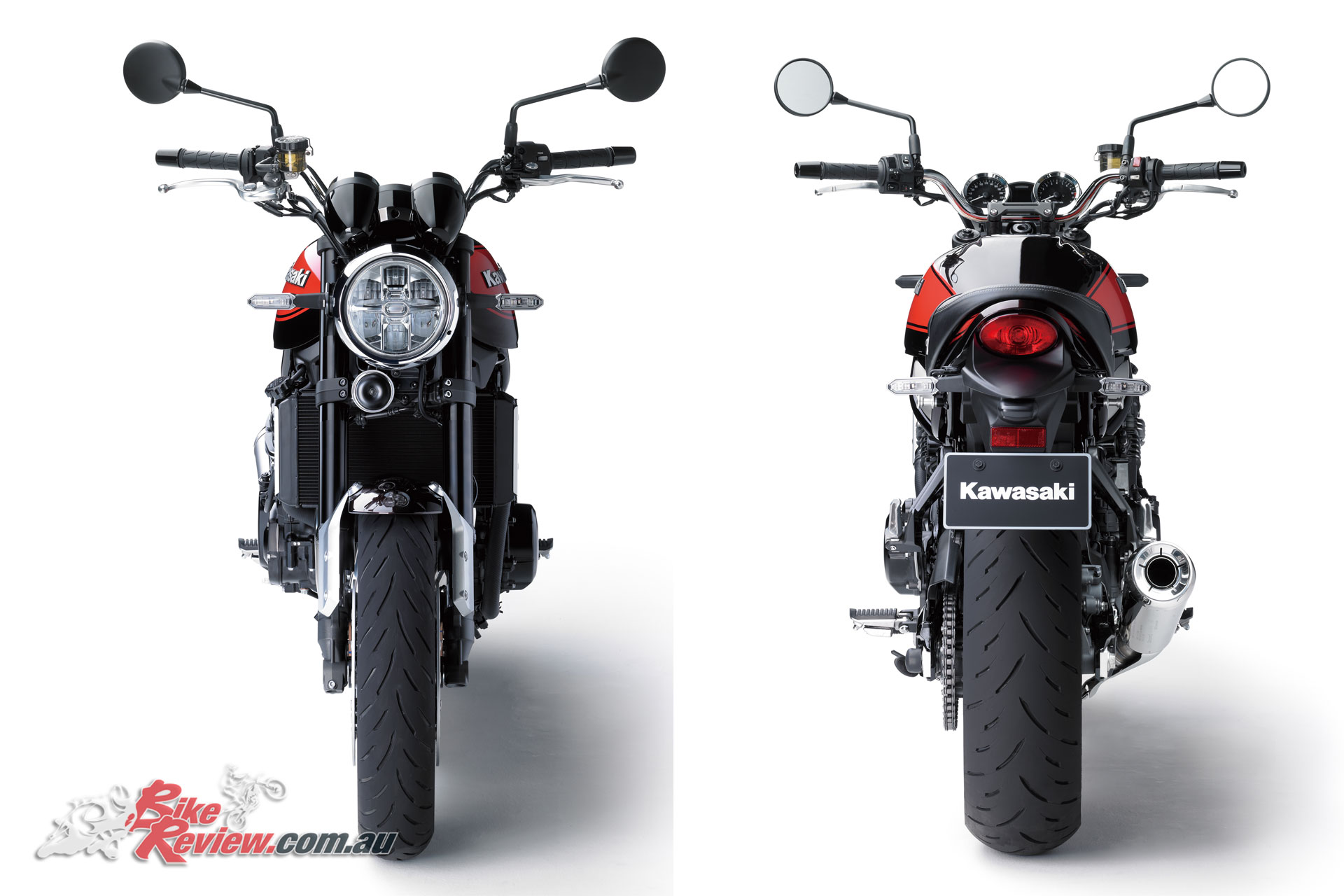
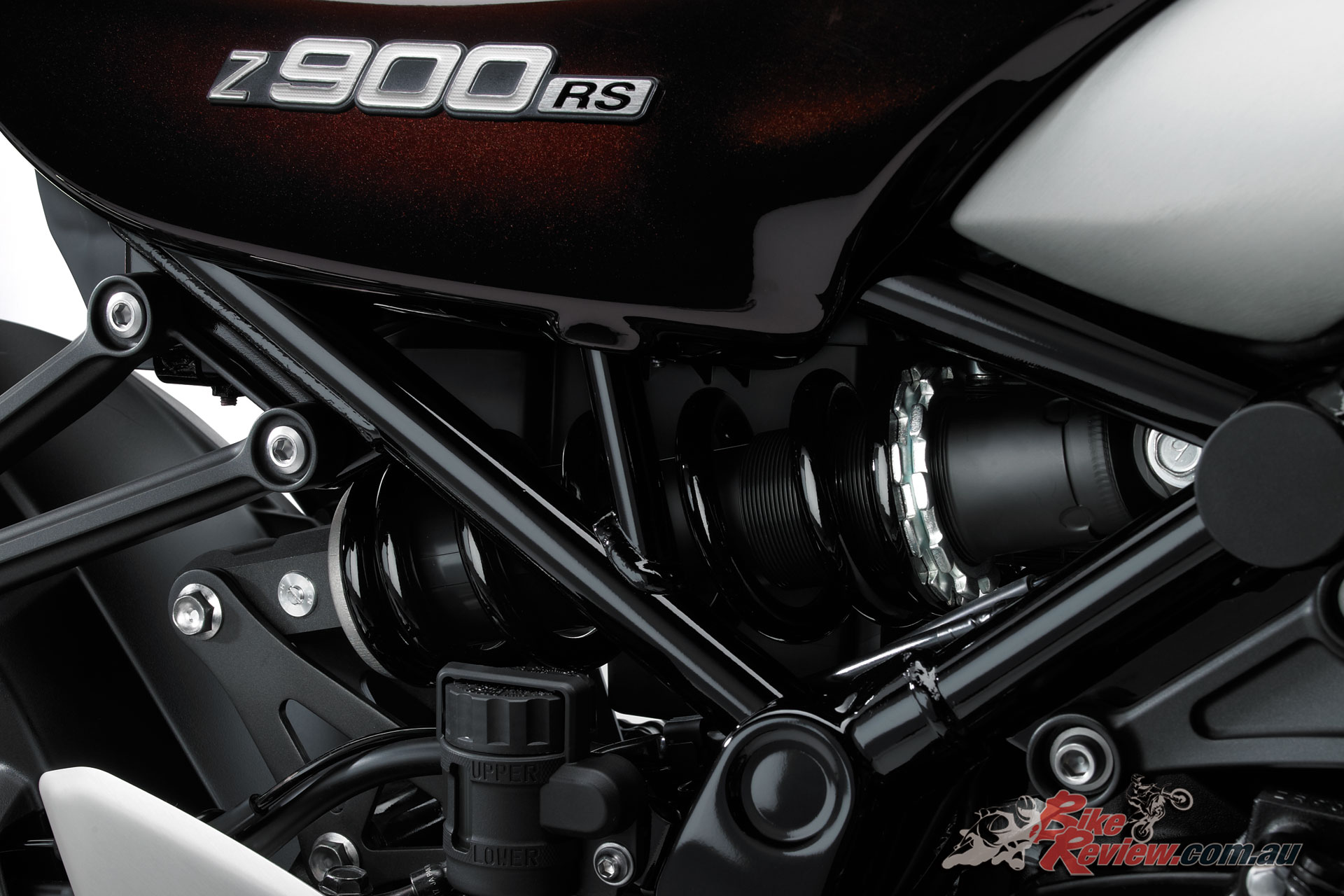
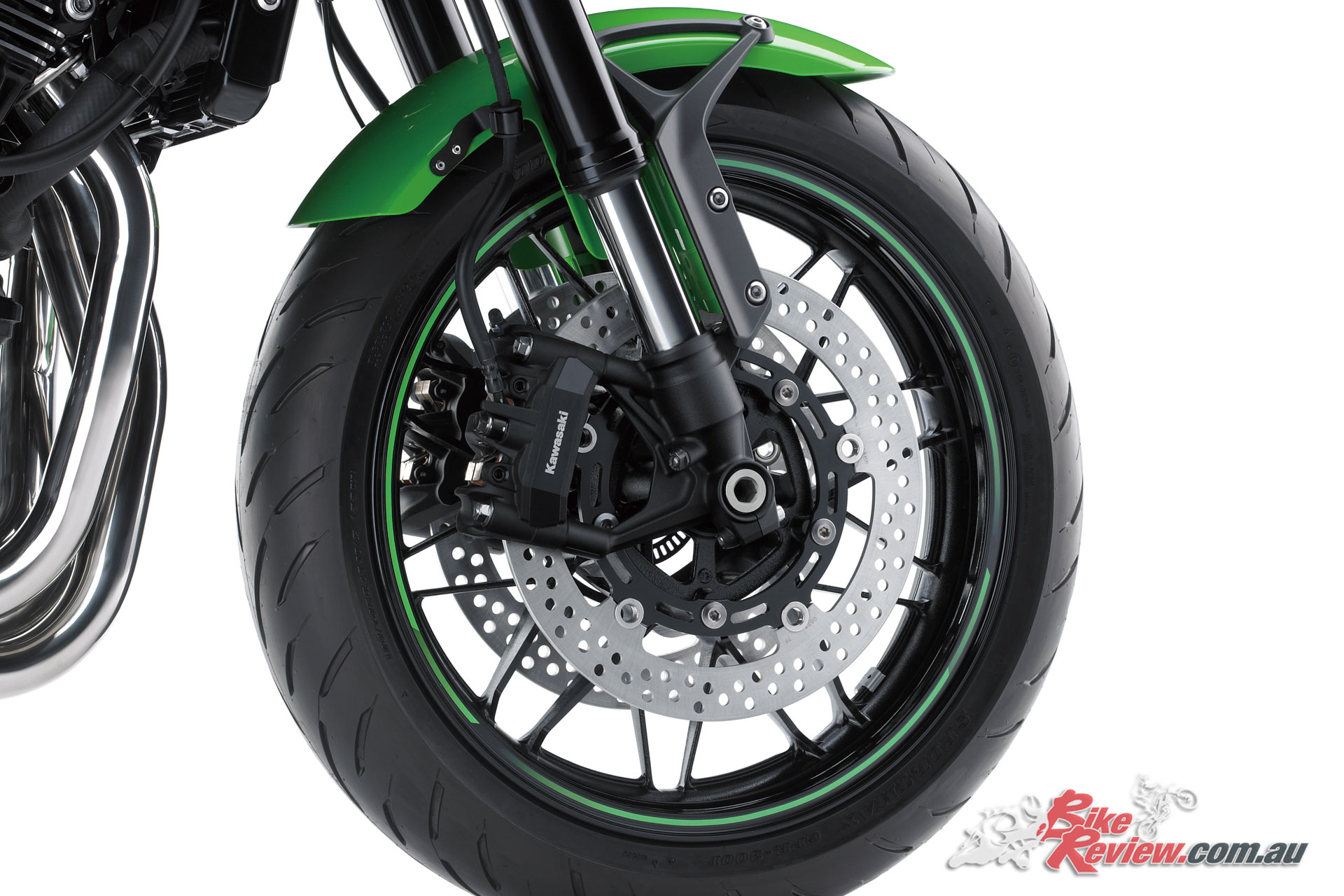
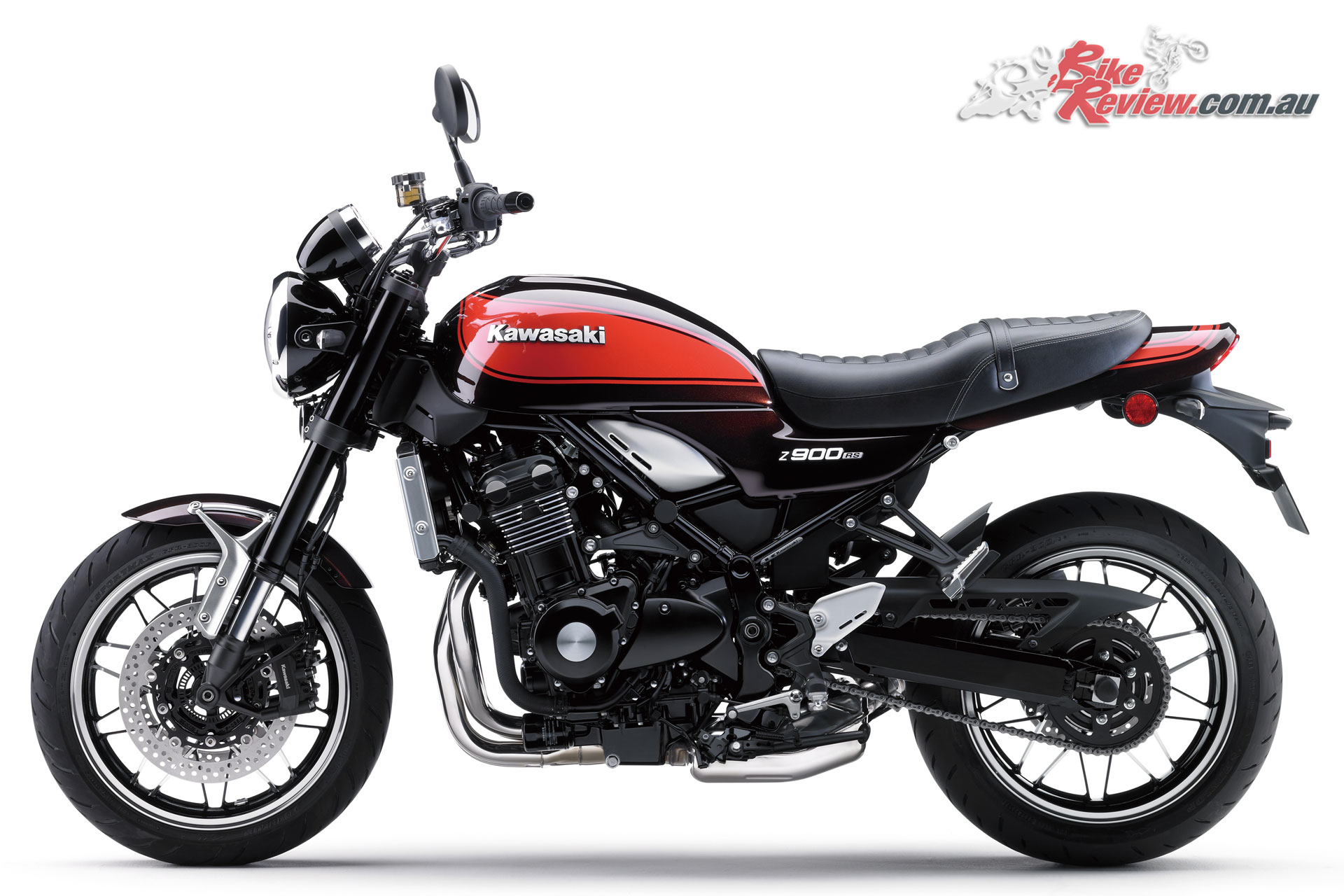
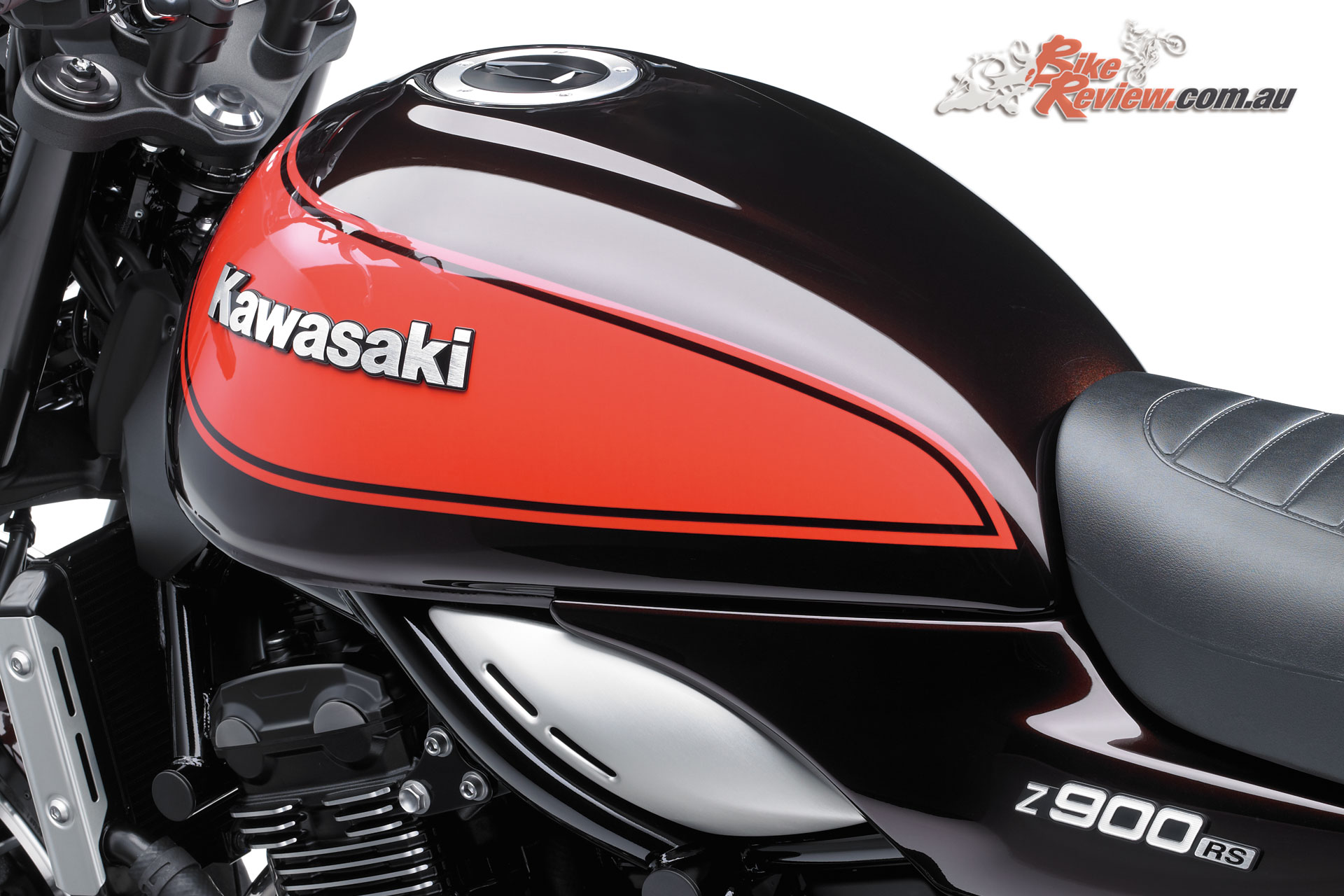

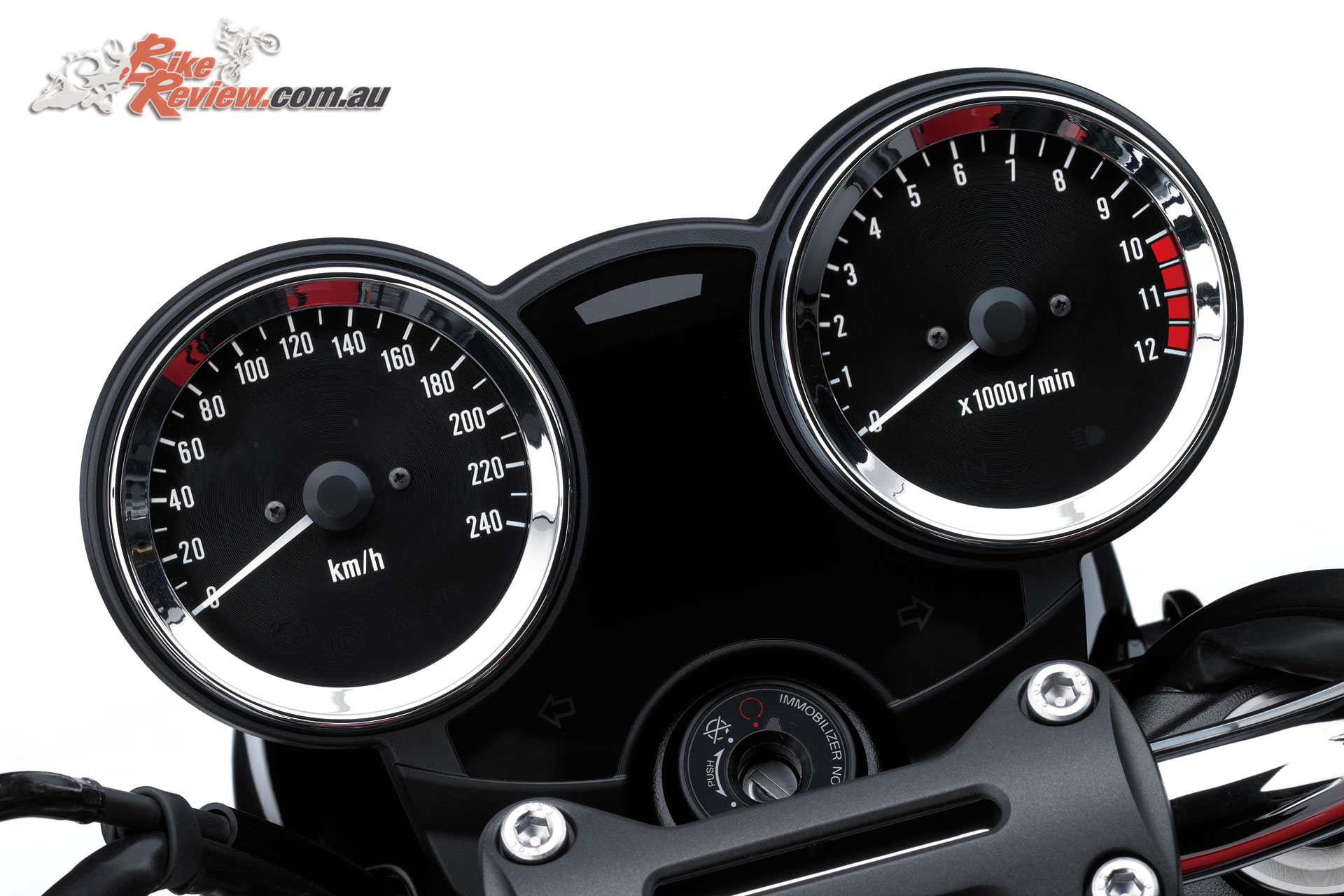
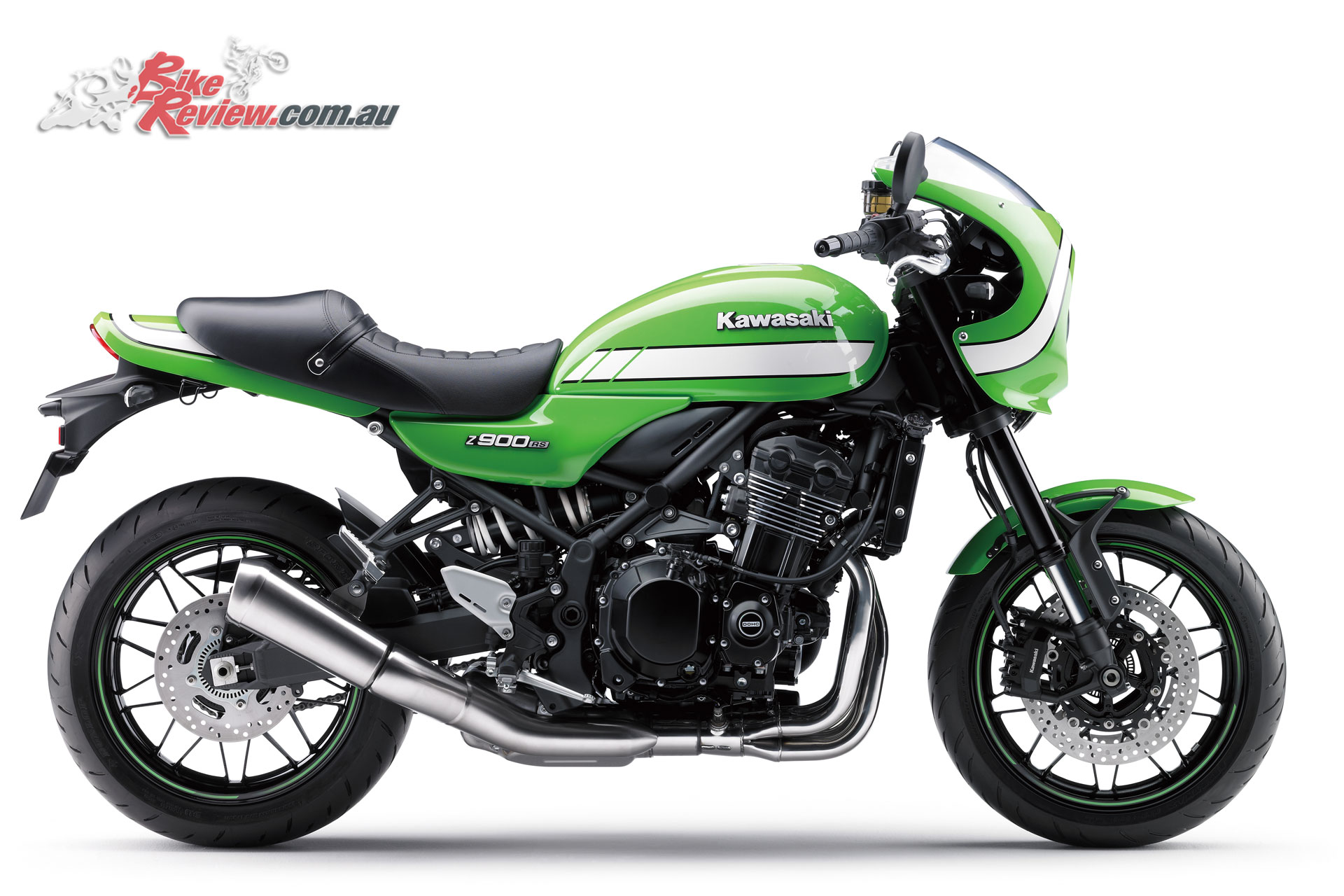
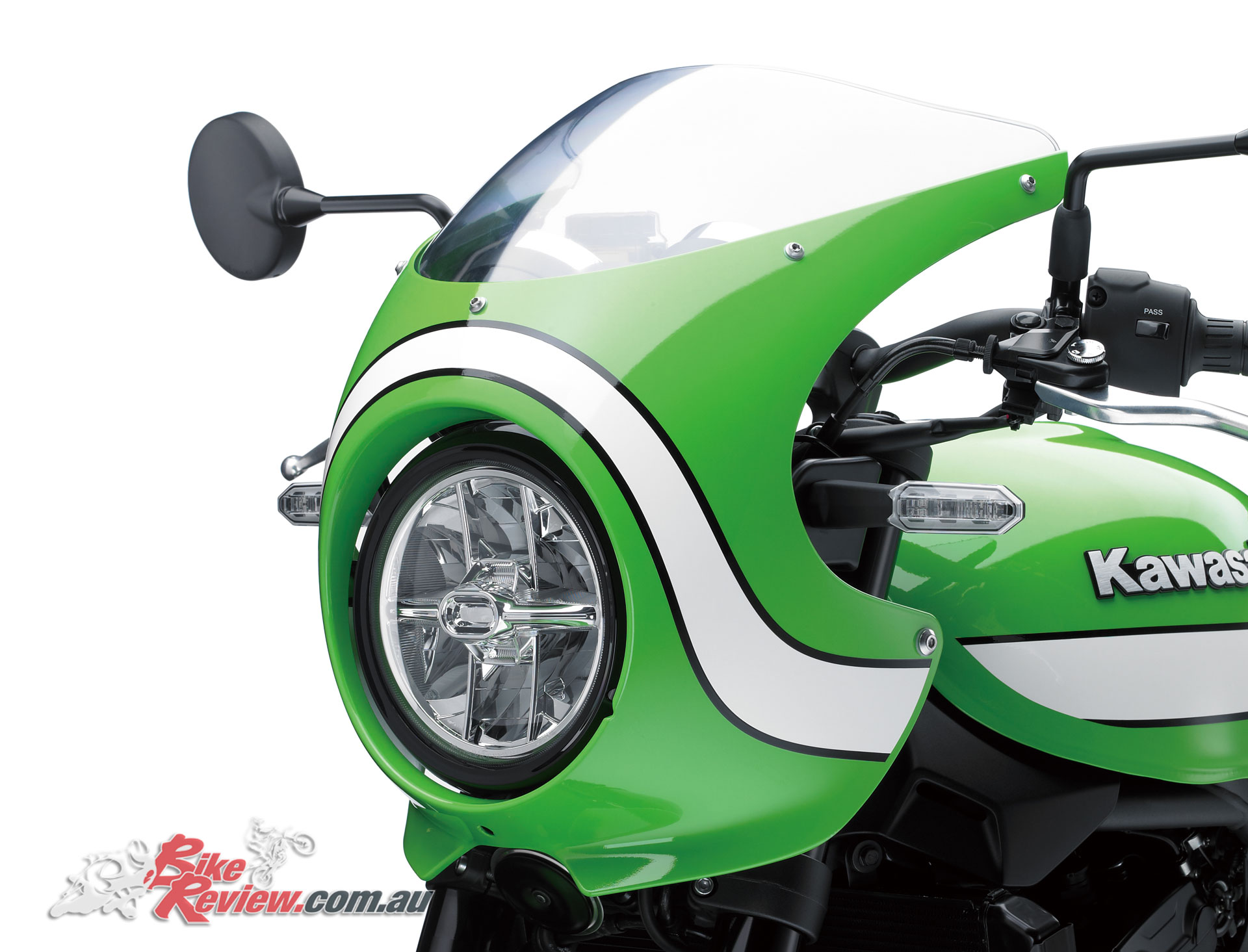
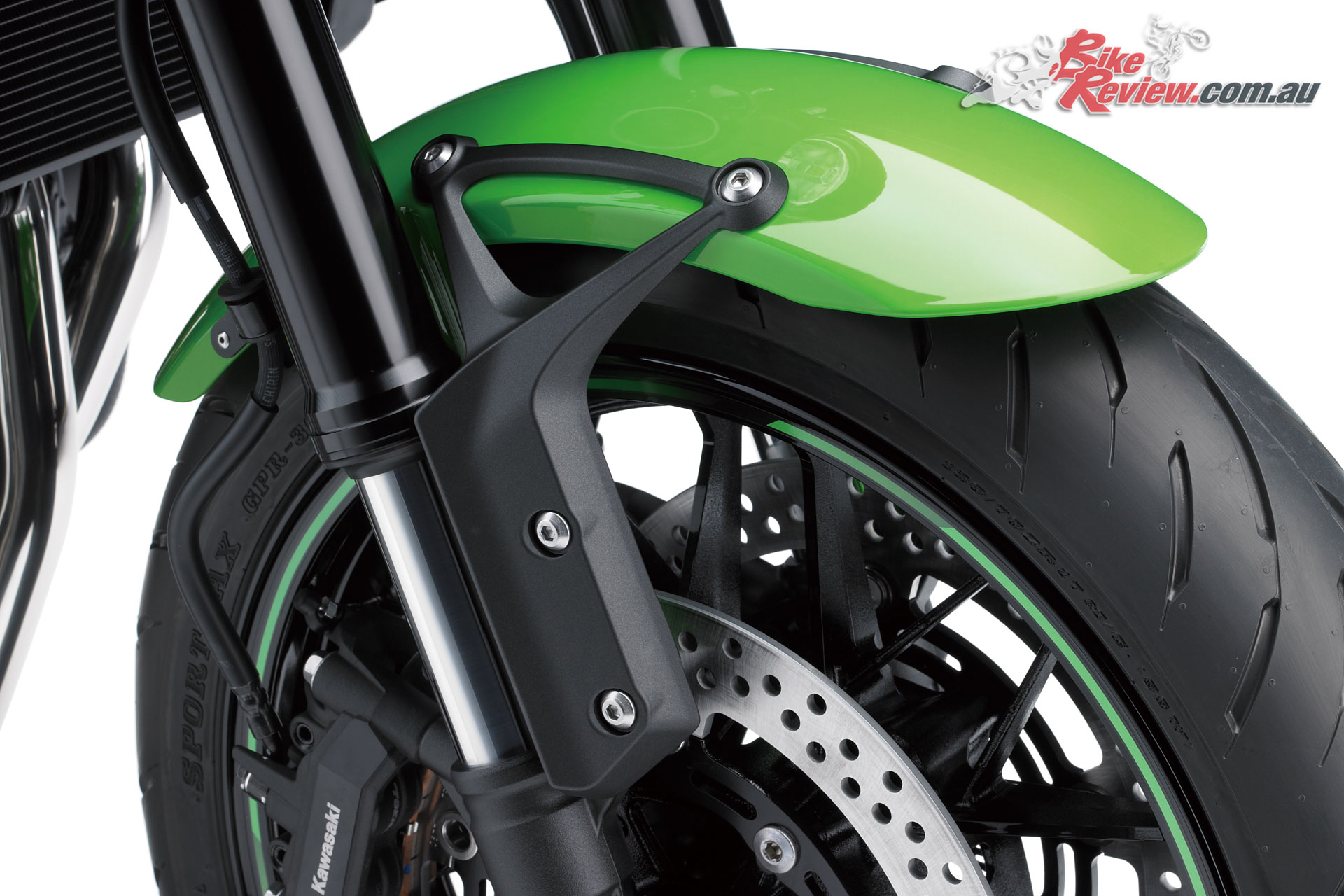
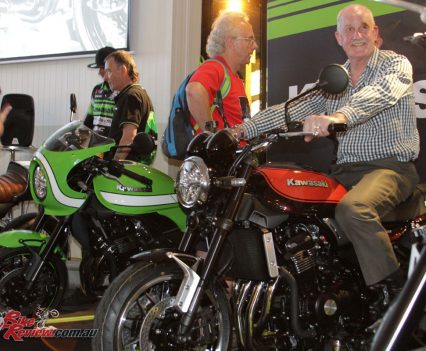
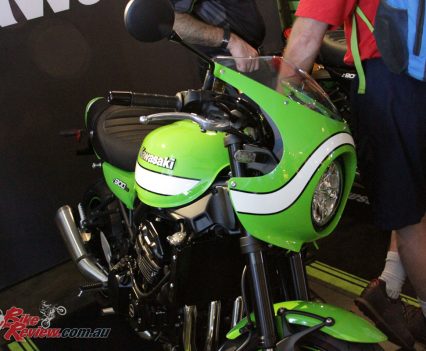
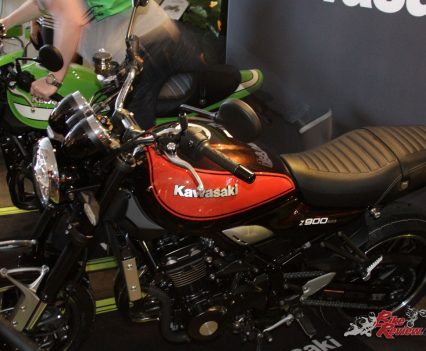
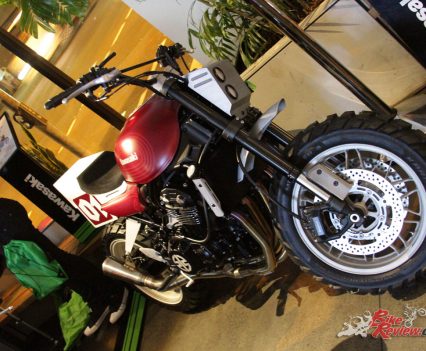
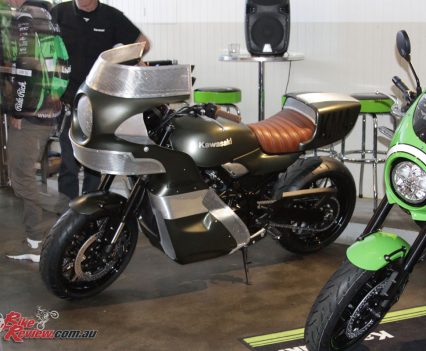
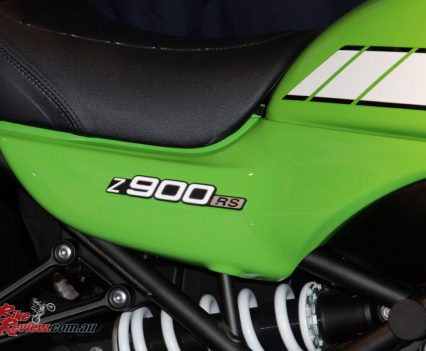
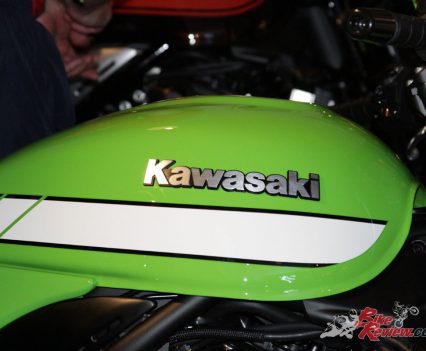
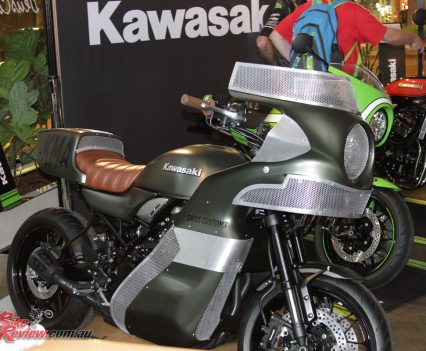
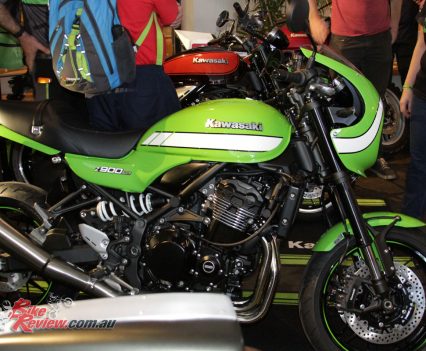
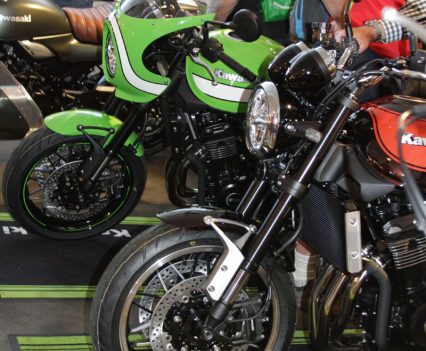
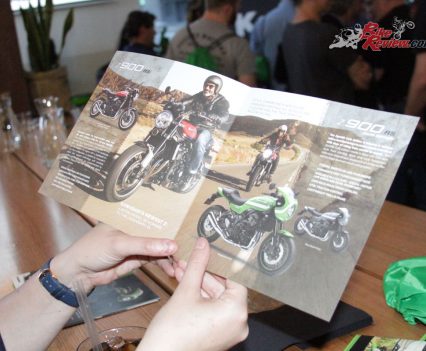
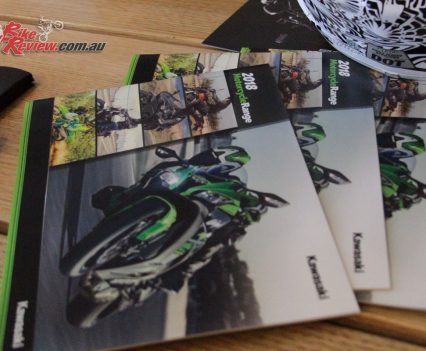
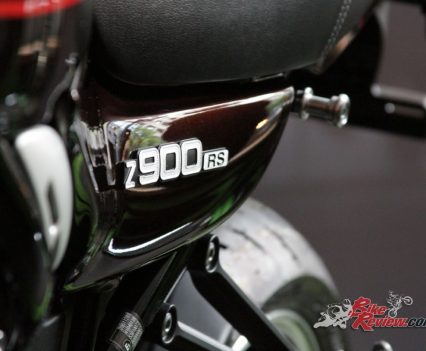
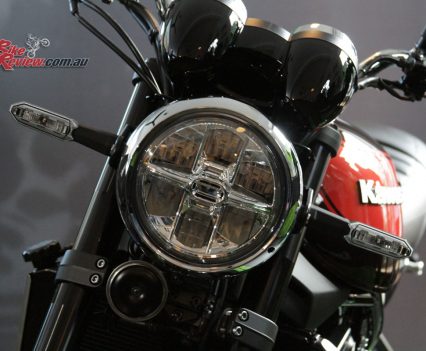
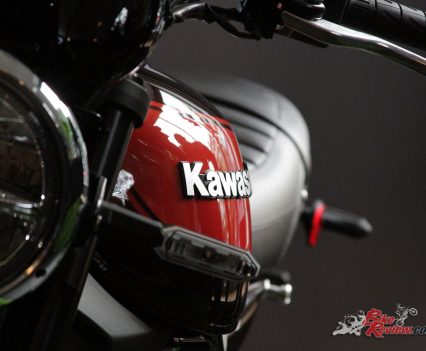
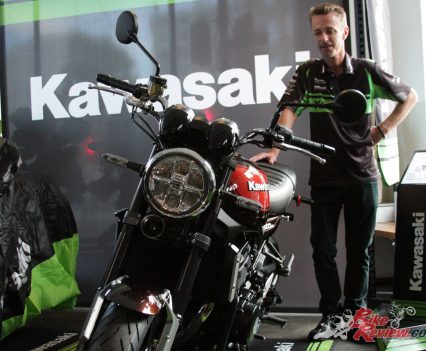
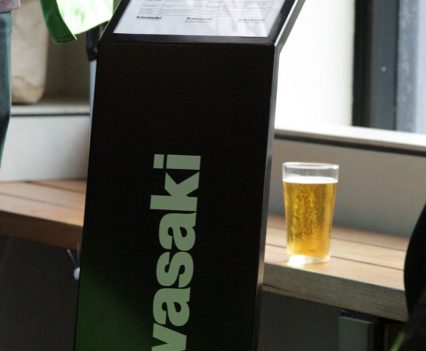
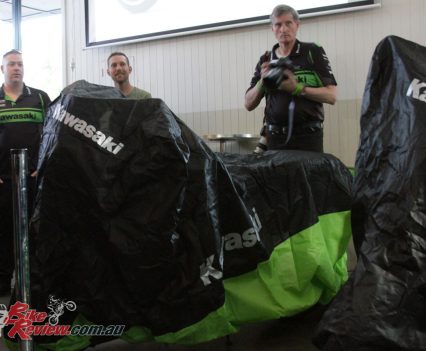
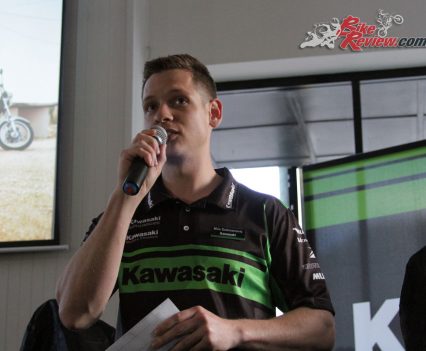
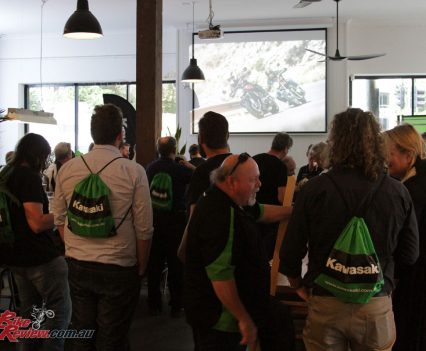
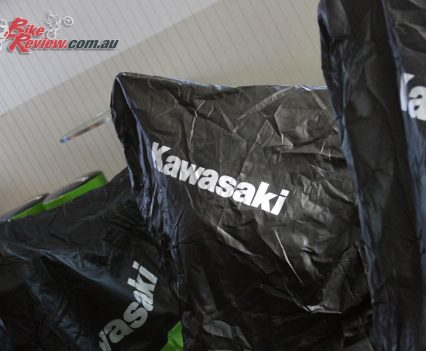
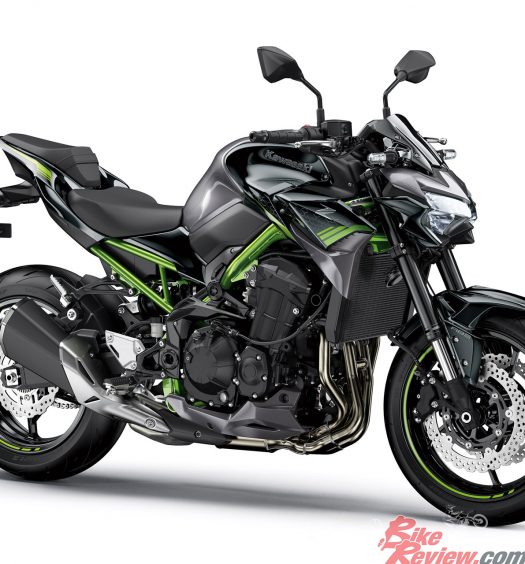
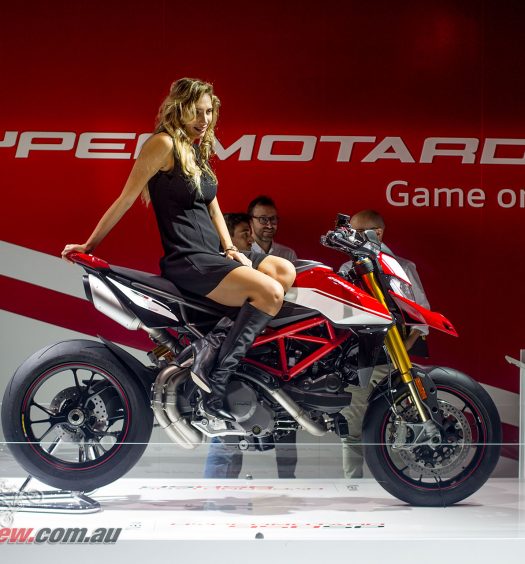





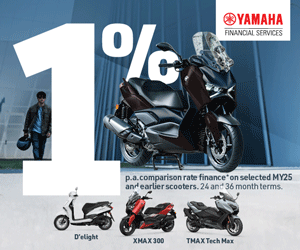








December 27, 2017
I had a Zephyr 1100 and that looked more like the original Kwaka Z900 style wise. Apart from its oil cooler up front the eng was air cooled.
This new one look ok but still not in the style of the old Zed. The Yamaha XJR 1300 looks much tougher than this New Kwaka and at a cheaper price.
At $17500 on road that’s too expensive cos an extra $2500 I can by a Hyundai I 30 drive away and that’s a whole car. A blue like that should be no more than $15 G tops or less Inc on road.
December 28, 2017
Hey Alex, I think we’d all like most bikes to be cheaper, and there’s been a definite upward trend as we’ve seen the adoption of more technology. Not sure you can compare a sporty motorcycle to a base level consumer car however, they aren’t exactly interchangeable.
As far as the comparisons, styling is subjective, but if the Z900RS and Cafe are anything like the standard Z900 they promise to be much sportier than those two options. It just comes down to what you’re after!
March 4, 2018
Way too expensive albeit a seemingly nice machine.
February 3, 2019
Thank you for supplying a 2018 motor cycle in 2018 that reminds us so much of our most loved motorcycles of 1973. Great job Kawasaki and I look forward to many more revivals of your classic past!